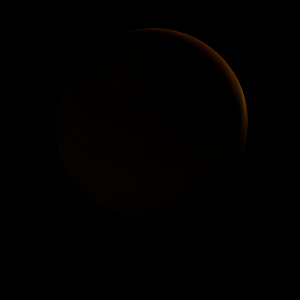|
|
Space Astro
|
Info for exoplanet "Pantur"
| Scientific (actual) data |
|---|
| Name | GJ 176 b |
| Planet status | Confirmed |
| Mass sini | 0.025 |
| Orbital period | 8.7748 |
| Semi major axis | 0.066 |
| Orbit eccentricity | 0.08 |
| Angular distance | 0.007006 |
| Discovered | 2007 |
| Updated | 2019-06-14 |
| Tzero vr | 2454400 |
| K | 3.95 |
| Publication | Submitted to a professional journal |
| Detection type | Radial Velocity |
| Mass measurement type | Radial Velocity |
| Star name | GJ 176 |
| Right ascension | 70.73° |
| Declination | 18.96° |
| Mag v | 9.97 |
| Mag j | 6.462 |
| Mag h | 5.824 |
| Mag k | 5.607 |
| Star distance | 9.42 |
| Star metallicity | -0.1 |
| Star mass | 0.49 |
| Star radius | 0.53 |
| Star sp type | M2.5V |
| Wikipedia article | GJ 176 b |
Back
| |
| Fictional info (?) |
|---|
| Suggested name | Pantur |
| Planet type | Cold planet |
| The hydrogen peroxide has probably photodissociated, and the free xenon has been swept into interplanetary space by the solar wind because of the lack of a planetary magnetic field.
The outer atmosphere is visibly segregated into several bands at different latitudes, resulting in turbulence and storms along their interacting boundaries. |
| Atmosphere | Xenon | 64% |
| Ammonia | 19% |
| Hydrogen peroxide | 15% |
| Sulfur dioxide | 1.2% |
| Argon | 0.55% |
| Hydrogen | 0% |
| Atmospheric pressure | 0.26 bar |
 |
| No known satellites |
| Google search for Pantur |
|
Website by Joachim Michaelis
|
|
|
|